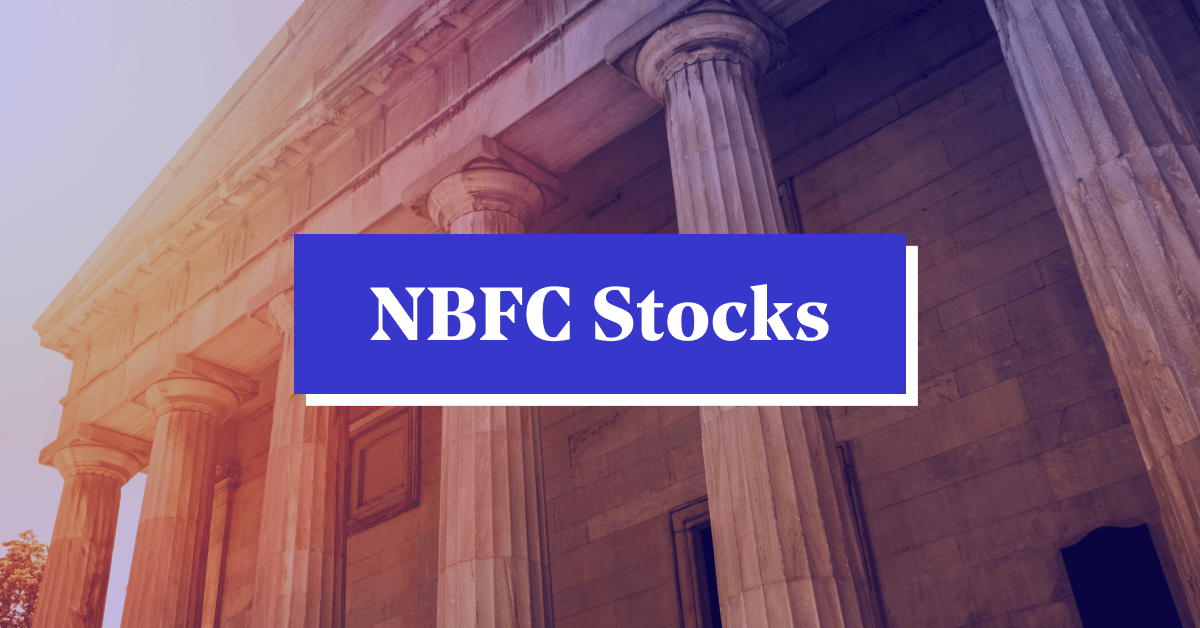India’s NBFC sector saw a noticeable lift in credit expansion during FY25, outpacing banks in a way that’s drawn investor and industry attention. With a growth rate of 20% in lending, NBFCs were far ahead of the 12% growth seen in the banking system. This growth wasn’t random—it was driven by rising loan demand across categories like transport, retail, and micro and small businesses.
Credit activity rises sharply in FY25
According to a recent BCG report, NBFCs collectively pushed their total net advances to ₹24.5 lakh crore. That’s a 20% year-on-year jump. A significant portion of this came from lenders focused on gold loans, transport finance, and unsecured retail credit.
For context, bank credit growth stood at 12% during the same period. While banks remained cautious in certain lending areas, NBFCs appeared more willing to extend loans to niche segments where demand was higher.
Spotlight on Shriram Finance
Among the NBFCs making headlines is Shriram Finance. The company’s strong presence in commercial vehicle loans and retail financing has allowed it to capture market share in semi-urban and rural regions.
The Shriram Finance share price has mirrored this momentum, showing a positive trend in response to loan book expansion and stable asset quality. Investors keeping track of India’s lending growth have been closely watching companies like Shriram due to their grassroots-level presence.
Retail and MSME demand drives momentum
NBFCs have gained a strong footing in lending to small businesses and individuals. Many of them offer quicker processing, simpler documentation, and customer-centric loan products—features that appeal to those who might not meet traditional bank criteria.
Loan applications from MSMEs and households increased during the past year, particularly in Tier-2 and Tier-3 cities. NBFCs were often the first lenders to respond, helping bridge credit gaps in these under-served regions.
Read Also: Corporate Companies in India Are Stepping Up to Insure the Health of Employees’ Parents
Borrowings and balance sheets expand
To support their growing operations, NBFCs borrowed heavily in FY25. Total borrowings rose by 22% to ₹19.9 lakh crore. Their overall balance sheet also grew to ₹28.2 lakh crore—again, up by 20% from the previous fiscal.
This increase in borrowing is a reflection of heightened lending activity. Larger NBFCs appear to have had better access to funding through banks, debentures, and public deposits.
Profit growth steady, with exceptions
While most NBFCs saw profits rise moderately—by around 8%—some segments struggled. Microfinance Institutions (MFIs) in particular reported a sharp decline in profit after tax, falling by 95%.
This drop stands in contrast to the broader NBFC sector, where operational efficiency slightly improved. The overall cost-to-income ratio moved from 36.7% to 36.2%, suggesting better use of resources.
Asset quality shows marginal improvement
When it comes to loan performance, NBFCs held steady. Gross NPAs fell slightly, improving by 10 basis points compared to the year before. This suggests better risk control in most areas.
That said, the MFI sector saw a rise in bad loans, possibly due to over-leveraging in some rural pockets or economic stress in those regions.
Changing approach to funding
The way NBFCs finance their operations is slowly shifting. While bank loans remain a major source, many larger NBFCs are now turning to public deposits, bond markets, and securitisation to diversify funding sources.
This broader approach gives them more financial flexibility and lowers dependence on a single channel. It’s also a sign that the sector is maturing in how it manages long-term capital needs.
Digital platforms improve efficiency
Many NBFCs have adopted digital onboarding, faster disbursals, and automated underwriting. These tools not only reduce operating costs but also help reach a wider customer base without expanding physical branches.
For investors and borrowers alike, digitisation has made it easier to participate in financial services. Setting up a demat account online, for example, now requires only a few clicks, allowing individuals to invest in listed NBFCs or access other financial products.
Outlook for FY26: What to expect
Looking ahead, industry watchers believe NBFCs are likely to maintain their lead in lending growth. Lower interest rates, supported by recent RBI actions, are expected to keep borrowing costs attractive for both lenders and borrowers.
Transport loans and retail finance are expected to remain key focus areas, while many NBFCs may expand into healthcare, education, and green loans. The evolving credit ecosystem offers NBFCs multiple entry points to expand.
Well-capitalised and digitally advanced NBFCs are better placed to tap into this potential. Their flexibility and understanding of regional needs continue to give them an edge in non-metro markets.
Conclusion: NBFCs solidify their role
As FY25 draws to a close, India’s NBFC sector stands out not just for its scale of growth, but for its strategic focus on segments that need financial inclusion. From vehicle loans to MSME financing, NBFCs have played a vital role in expanding access to credit.
The Shriram Finance share price, along with broader NBFC performance, is a reminder that investors recognise the value these companies add—not just in balance sheet terms, but in how they support economic activity at the grassroots level.
With the credit cycle showing signs of strength and new avenues emerging, NBFCs look set to play a bigger role in India’s financial growth story.
You May Also Like: Simplify Your Finances: How to Manage Everything in One Place











